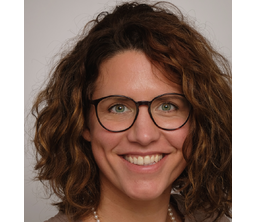👨🎓 Bachelor thesis
Motivation: Investigating the deviations from Scrum in theory and understanding their origins, helps future practitioners to avoid derived issues and advancing the framework.
Background: The theory-practice gap of Scrum refers therefore to the difference between the principles, values, and practices prescribed by the Scrum Guide and the way it is implemented in real-world settings. Previous studies have provided insights into the strategies used by organizations and practitioners to overcome the challenges faced in implementing Scrum effectively.
Objectives: The main objectives of this study are to provide common knowledge about Scrum and the theory-practice gap, identify the challenges faced by Scrum practitioners, investigate the impact of the theory-practice gap on organizations and teams and provide guidelines for organizations to improve their implementation of Scrum.
Method: To ensure the validity of the various reasons and potential solutions for the theory-practice gap from the literature and bridge the gap, the evaluation of practitioners is essential. This provides insights into why individuals use Scrum, the challenges they face, and best practices for practitioners.
Results: This study found that small to medium size enterprises are more successful and adaptive to new methodologies, due to them reporting the least problems (8 out of 38 problems) and most benefits (6 out of 8 benefits). In addition, it was confirmed that commitment to the change in culture was uneved distributed to the departments, since only 50% of the project management department and 25% of the UI and UX department additionally utilized Scrum. The critical role of management in the adoption of Scrum was confirmed since the data collection stated that only 29% had management support in writing, 14% of middle management had learned new tasks and relinquished control and 28.6% of the respondents stated that their management got in the way of their Scrum adoption. Furthermore, the study also found that organizations heavily rely on external experts, since since 33.33% of the transformations were accompanied by Agile coaches and less than 25% were executed solely by the team. With 35% of the teams reporting having received some form of training, this implies the need for more internal training. The level of testing and collaboration with clients was lower than expected since 29% of the respondents reported not using demos and product increments for customer and client testing.
Conclusion: To summarize, organizations must prioritize the needs of their employees first. After that, they should research available methodologies and frameworks, invest in employee training, involve employees in the decision-making process, get the support of top management, and if needed Agile Coaches can provide valuable guidance in this regard. It is recommended to first establish a strong foundation in Agile principles before exploring scaling frameworks and adapting them to fit the specific needs of the organization, thereby keeping the methodology simple and avoiding complexity, ensuring the effectiveness of the scaling process.
| Author | Supervisor | Supervisor |
|---|---|---|
 |
||
| Joel Maximilian Mai | Prof. Dr. Raphaela Groten | Sven Kullack |